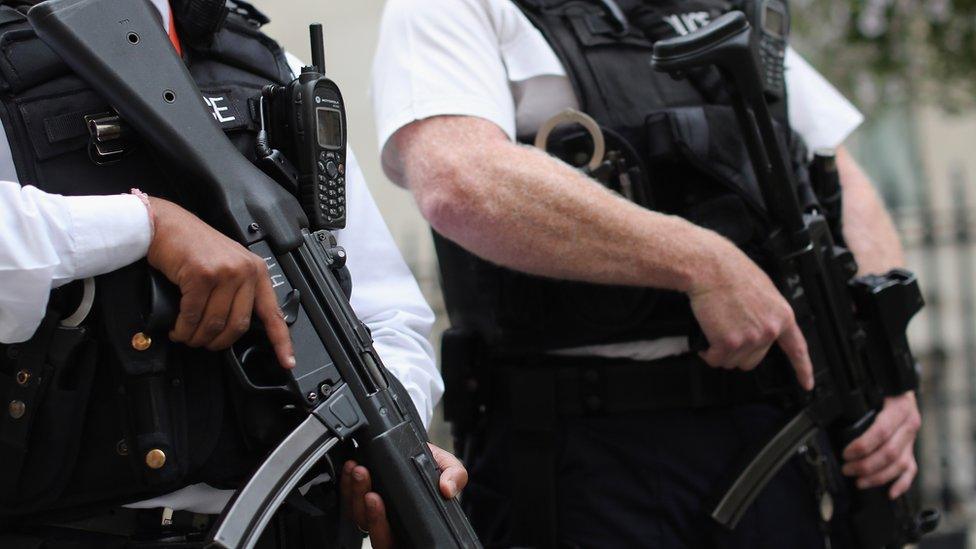Police set for era of fundamental change
- Published
- comments
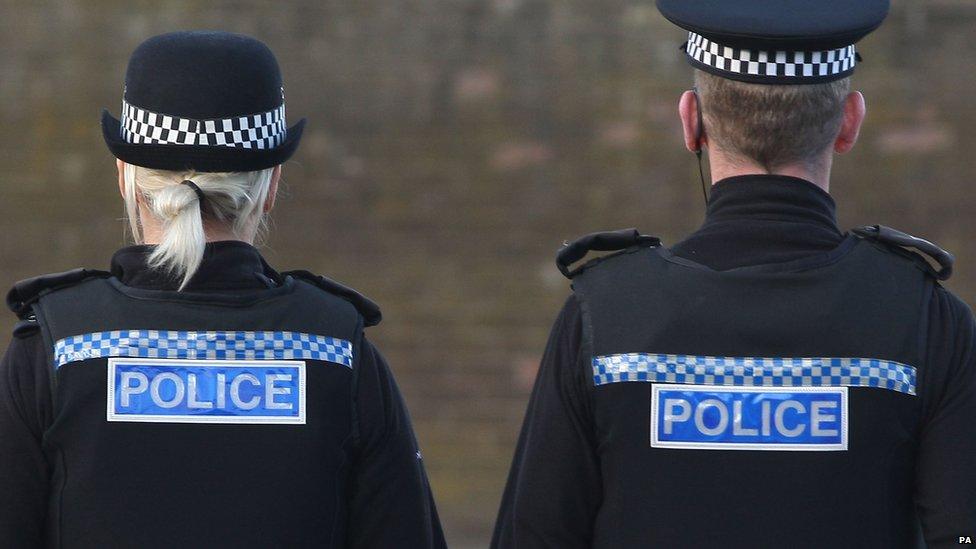
The impact of George Osborne's shock announcement that police funding would be protected in real terms still has not been fully grasped.
Two months have passed since the chancellor told MPs there would be no cuts in the overall policing budget from 2016-17 to 2019-20, but there has been little recognition of just how significant that statement was.
It has subtly altered the political landscape, fundamentally changed policing priorities and is set to shape the law and order agenda for the media.
The Spending Review announcement came 12 days after the attacks in Paris, which led to a debate about whether cuts to neighbourhood policing would erode intelligence-gathering and if UK police firearms units had the capacity and capability to respond to an attack by marauding gunmen.
Politically, it would have been very tricky for the chancellor to have gone ahead with a cuts programme without acknowledging those concerns, but he went far further than anyone expected.
The move outfoxed Labour, which had argued police could withstand cutbacks of no more than 10%.
They did not think the chancellor would settle for anything less than that and were planning a fresh onslaught of their anti-cuts campaign.
By design or default (and I veer towards the design theory), it also has placed Mr Osborne as the "policeman's friend".
Chancellor rolls back on police cuts
He is seen as the man who saved the 43 forces in England and Wales from cuts they feared would be in the region of 20-25%.
Why the chancellor would want to be cast in that role may have something to do with the unofficial contest to succeed David Cameron when he steps down as prime minister, though I am sure he would deny it.
Rivals for top job
One of Mr Osborne's likely rivals is Theresa May, the Home Secretary, whose bold programme of policing changes and uncompromising style have made her deeply unpopular among the ranks of constables, sergeants and inspectors.
Mr Osborne's line towards the end of his statement: "The police protect us, and we're going to protect the police," signalled a clear difference of tone from Mrs May.
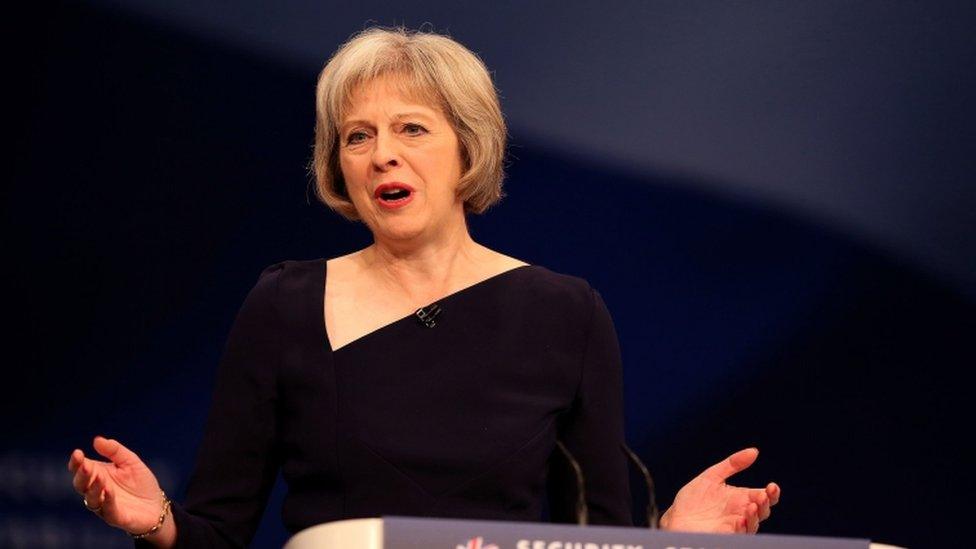
Theresa May has outlined plans for change
Indeed, in December, the home secretary told chief constables and police and crime commissioners (PCCs), external she would not have "any sympathy" for those who complained about existing budget cuts and that the new funding package did not "insulate" them from the need to make further efficiencies.
"It does not let you off the hook or mean you can slow the pace of change," she said. "Now - more than ever before - there is no excuse not to deliver."
Of course, there are still anxieties within policing circles about the effect of central government funding cuts imposed since 2010, and whether forces can handle the record number of sexual abuse cases they are having to investigate.
Revised proposals for a new funding formula, after the previous bungled attempt, will create losers as well as winners, reigniting the concerns.
But, overall, the media appetite for stories about police budgets is likely to dwindle.
Instead, during the next five months, in the lead-up to the first PCC elections since November 2012, the focus will shift towards Mrs May's latest plans.
They include:
enhanced powers for police volunteers, which I wrote about in November
closer police working with other blue-light services
giving PCCs greater responsibilities, in particular over their local fire brigades
a strengthened role for the Independent Police Complaints Commission
There has also been renewed speculation about a review of counter-terrorism policing, which could see powers transferred from Scotland Yard to the National Crime Agency.
Outside influence
Each proposal by itself may not be agenda-setting or eye-catching.
But the theme is clear.
It represents a further loosening of the grip traditional police structures have had on law enforcement and a recognition that those outside the service have a vital part to play.
The issue that may well dominate the PCC election campaign, however, is crime.
The last set of data, published in October 2015, suggested more than seven million frauds and cybercrimes had been committed in England and Wales in the 12 months to the end of June.

Cybercrime is a growing problem
It was the first time there had been an estimate of fraud and online offences by the Office for National Statistics.
If added to the authoritative Crime Survey, which has been showing a decline in overall offending rates for two decades, fraud would add 5.1 million offences to the total and computer hacking an extra 2.5 million, somewhat blunting the government's proud message that "crime is falling".
What may well have happened is that criminals have switched from burgling houses, stealing cars and robbing people to swindling us online.

Cybercrime and fraud:
Fraud: 5,110,000 cases - 3,757,000 victims
Fraud with loss (including those reimbursed):2,648,000 cases - 2,079,000 victims
Fraud no loss: 2,462,000 cases - 1,856,000 victims
Computer misuse: 2,460,00 cases - 2,113,000 victims
Unauthorised access to personal information (including hacking): 404,000 cases - 404,000 victims
Computer virus: 2,057,000 cases - 1,741,000 victims
Source: National Office for Statistics, year ending June 2015

All this has placed fraud and cyber-crime firmly on the law-and-order map, a position that will be cemented in July, when the numbers are automatically included in the Crime Survey, and then in October when provisional year-on-year comparisons become possible.
There are also tentative signs that incidents of violence, recorded by police, may be increasing too, with knife possession up 9% and murders at their highest level for four years.
Police figures, which rely on the public reporting offences and police recording them accurately, must be treated with caution, but the next set of data, published on 21 January, is keenly awaited.
- Published25 November 2015
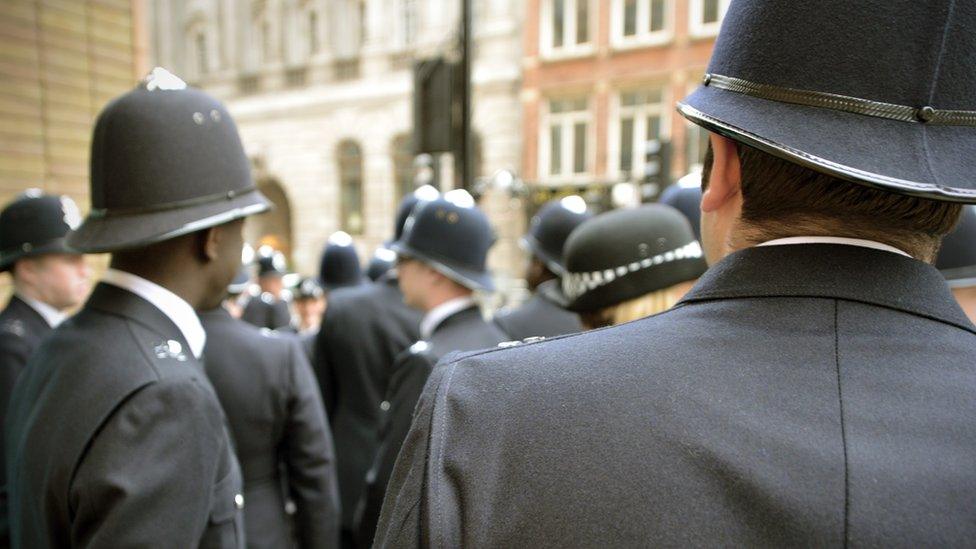
- Published25 November 2015
- Published24 November 2015
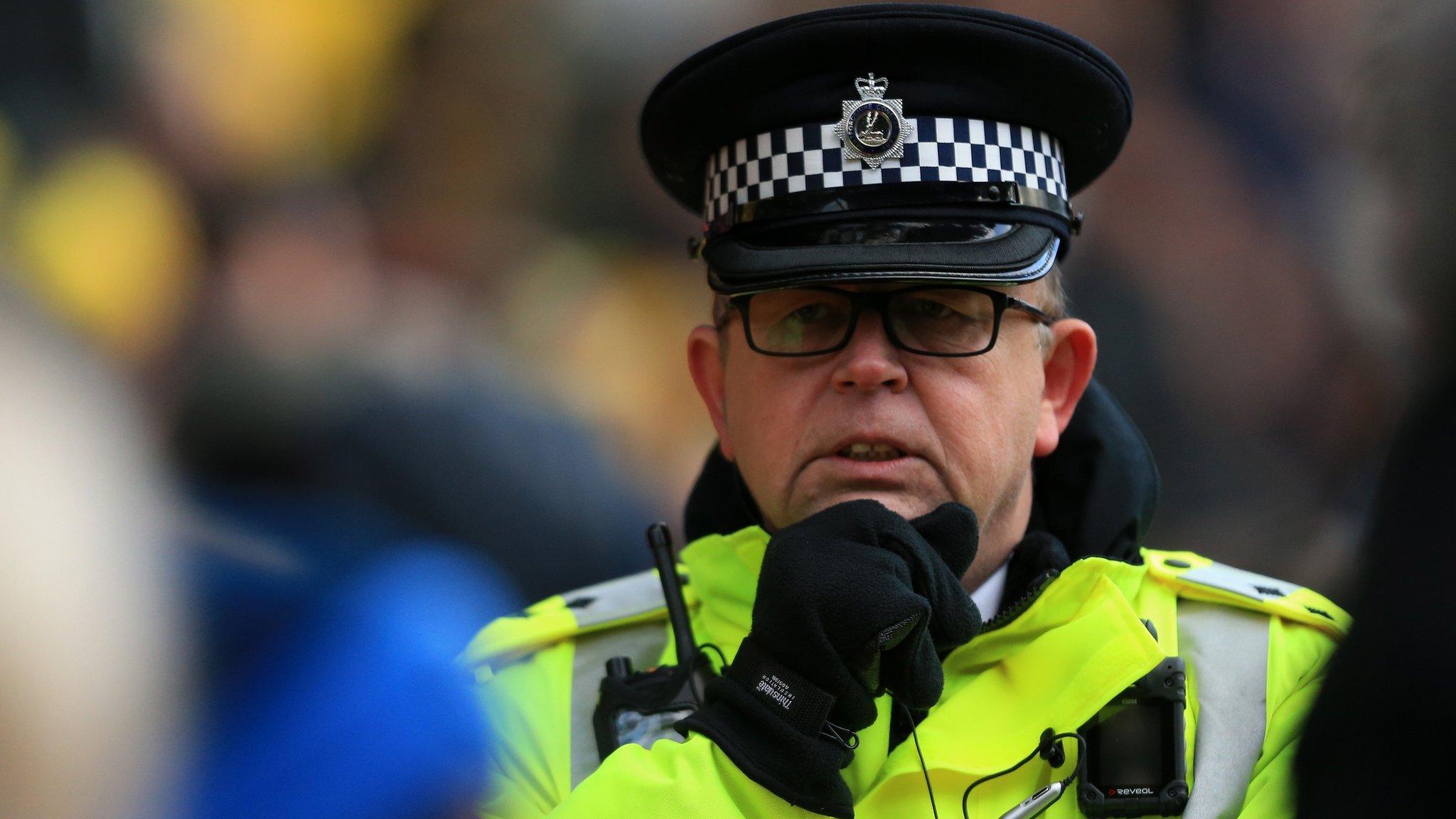
- Published14 January 2016
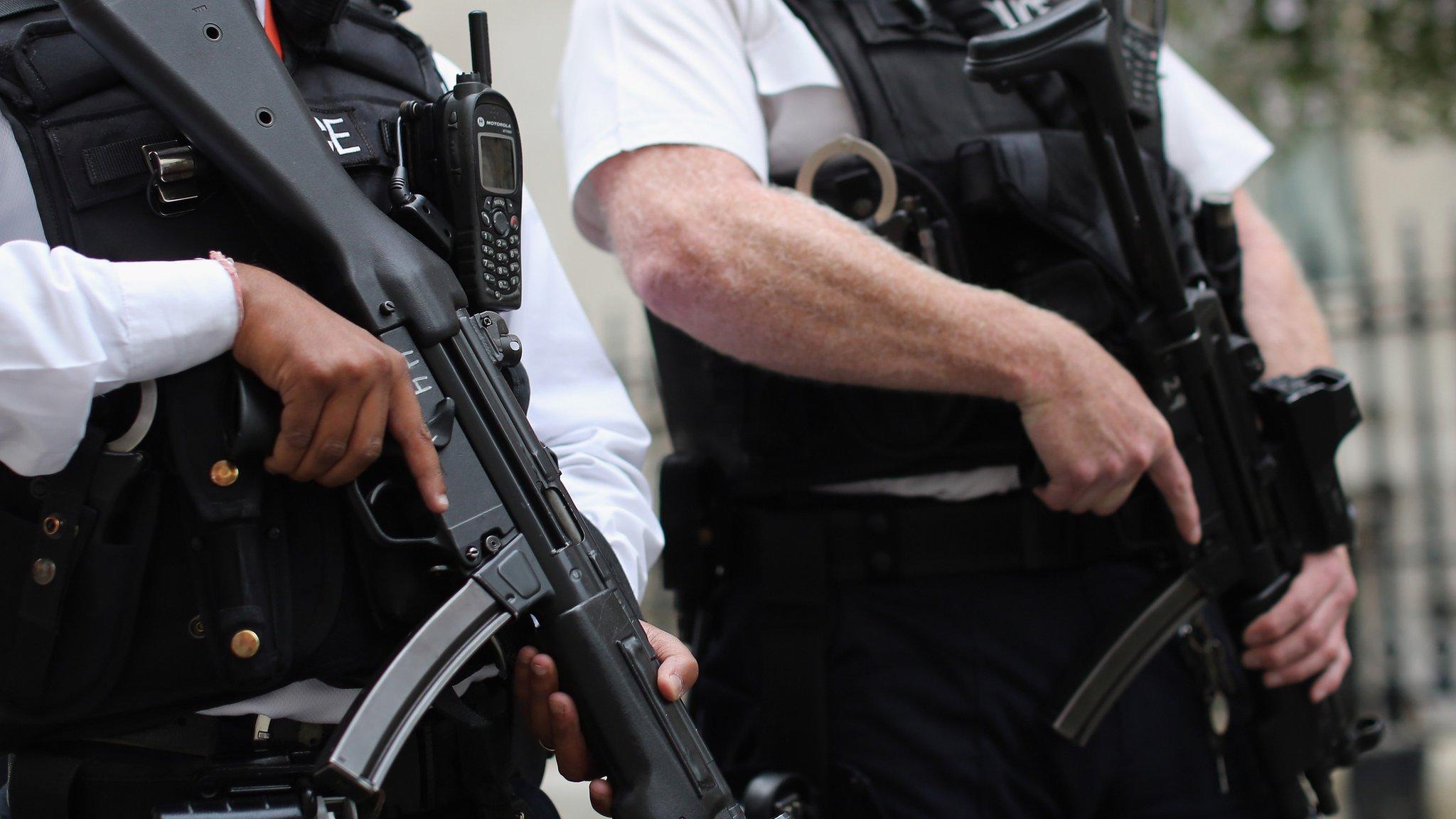
- Published20 December 2015
